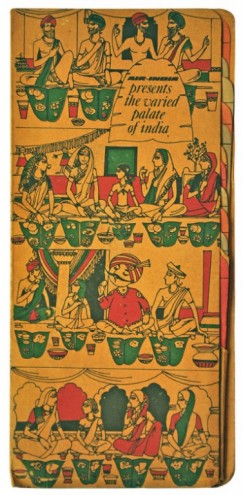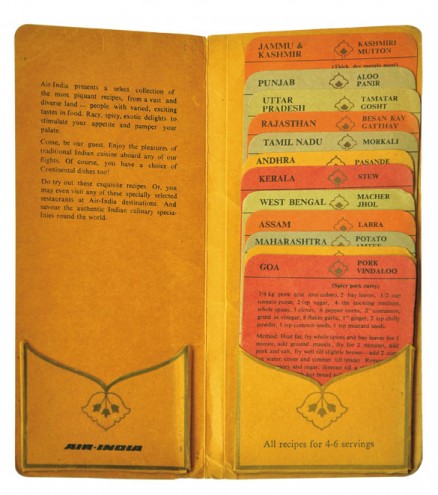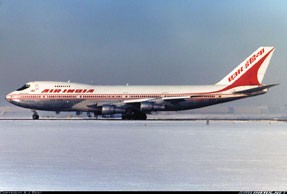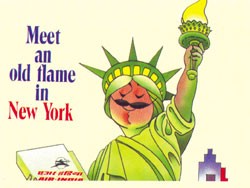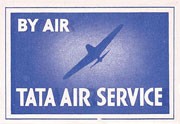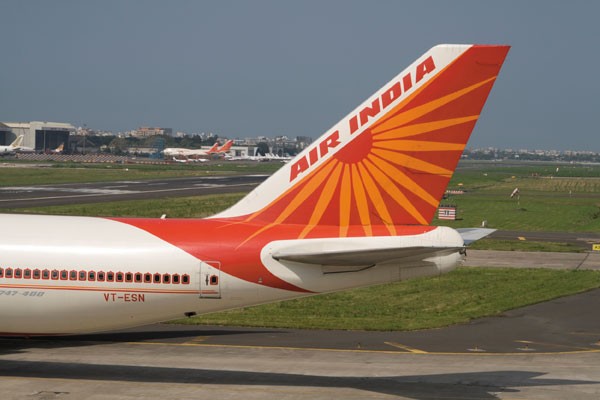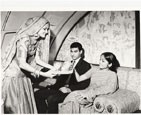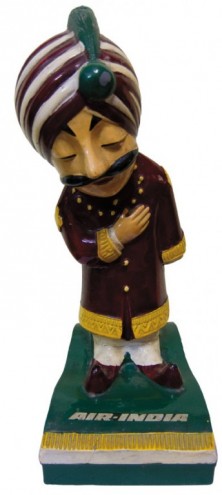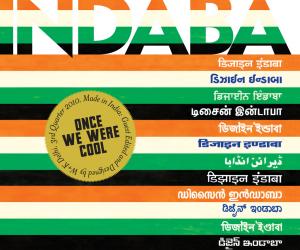First Published in
From obtaining the latest technologies and newest aircraft to training and styling the most beautiful air hostesses, to pushing the boundaries of communication and advertising, Air India used to inject excellence into everything it did.
Since the 1980s, it has changed dramatically. The loss of market share has been catastrophic and Air India has failed to keep up with the technological innovations of its competitors; a brand that was once a leader, is now a haggard shadow of its former self and it has come to signify mediocre service and poor performance.
Even the Maharaja, the company’s mascot, who used to be at the centre of the communications strategy – often featured in ads as a humorously irreverent but dapper character – looks today more like a bowing valet than exuberant royalty.
This timeline follows the rise and fall of the Air India brand – from the creative, intelligent way in which its reputation was built to what, in recent years, has caused its decline.
1932
JRD Tata – aviator and industrial pioneer of modern India – launched Tata Airlines, flying the first aircraft himself.
“We were a small team in those days. We shared successes and failures, the joys and heartaches, and together we built up the enterprise, which later was to blossom into Air India and Air India International,” said JRD Tata about the early days of the company.
1946
Tata Airlines became a public company under the name of Air India Limited. In the same year, the Maharaja was launched as the airline’s mascot.
Air India was a relatively small airline compared to Pan Am, British Airways, Lufthansa and Qantas but it made its presence felt in an imaginative way.
Advertising and communication, for instance, were always humorous and provocative. On September 26, 1960, TIME magazine ran an article titled, “The Dangers of Wit.”
In it, the reporter revealed that Indian politicians were perturbed by the mischievous conduct of the Air India Maharaja and the lack of “morals” conveyed in the company’s advertisements. An accusing finger was pointed at the airline’s information booklet, called Foolishly Yours, which featured, “a cover showing the Maharaja in his undershirt bowing low after spreading his robe Sir Walter Raleigh-fashion, for a boarding lady passenger.” (TIME, 1960)
The audacity of Air India’s campaigns didn’t stop there: “Speaker of the House Ananthasayanam Ayyangar, in shocked tones related that he had seen signs in Air India planes warning lady passengers: when lights are switched off, take care that the pilot does not kiss you.” (TIME, 1960).
Air India had, in the 1960s, 1970s and early 1980s a distinct advertising strategy full of ironic commentaries on society and news, remembers Jitender Bhargava, former executive director at Air India and a civil aviation commentator. “Now the question is – why did we give it up? Because politicians have no sense of humour,” he says.
According to Bhargava, as government control over the company intensified in the late 1970s, Air India’s advertising became less controversial, and the Maharaja went from brazen to demure.
1948
Air India launched its first long haul international flight: Bombay bound for London via Cairo and Geneva.
Air India was an ambassador and promoter of Indian culture abroad, and it was the first corporate sponsor to patronise Indian art. The company would support emerging Indian artists by purchasing their works including those of the famous MF Husain, whose pieces are now worth millions. At the time, Air India acquired works for less than 1000 rupees (about US$20), recounts Bhargava.
1955
Air India introduced an all-First Class express service on the route, Bombay to London via Cairo.
“First class on Air India would match first class of any other airline worldwide because of its service – steaks from Kobe, fine wines, personalised touches,” says Bhargava. He adds that the beauty of Air India airhostesses was so legendary, that Indian industrialists would hope to find a future wife among them. In many cases, they did.
In Beyond the Last Blue Mountain, author RM Lala illustrates the punc-tuality of the flights in the following anecdote: “Nari Dastur, who for 22 years worked in different offices in Europe and later become the regional director of Europe, relates how in the 1950s Air India flights used to arrive in Geneva at 11 am. He overheard one Swiss ask another ‘What’s the exact time?’ His companion looked out of the window and said, ‘11 o’clock.’ ‘How do you know? You haven’t looked at your watch.’ The other replied in a matter-of-fact way, ‘Air India has just landed.’”
1960
The first Boeing 707-437 arrived. With a jet engine, the Boeing was able to fly faster, at a higher altitude and for longer distances than its predecessor, the propeller-powered Super Constellation. Air India flew to New York via London, becoming the first Asian airline to cross the Atlantic Ocean.
1962
The official name was truncated to Air India and the same year, in June, the company became the world’s first all-jet carrier. Staying abreast of technological developments and obtaining the latest aircraft was important to the company. “We don’t lack plans for the future. We are anxiously waiting for an aircraft three times the size of the 707 parked in our aprons. Our two Jumbos will come in 1971. We will get two more and from then on we hope that we shall probably get one every year. Then come the supersonics. We have booked options for two Concordes and two American SSTs. I have no idea as yet whether we will take the Concorde, nor do we know when the American SST will be coming. But we are all set and we have our eyes on the stars,” said JRD Tata on the 20th anniversary of Air India.
1970
Air India started a new branding campaign, dubbing its aircraft “Your Palace in the Sky.” Air India aimed at providing a royal Indian experience – one that was fit for a maharaja – and catered to the luxury segment of the market.
“The branding strategy was right, it focused on the upper end of the market, on high value, on the old world charm of India, on what in the European and American market was clearly the unique brand value of India – that was the Indian Maharaja,” says Amitabh Kant, brand strategy expert and the mind behind the world famous “Incredible India” campaign.
1971
The first Boeing 747-237B aircraft, Emperor Ashoka, arrived in Bombay. According to Bhargava, Air India was the first airline to open a lounge on the upper deck of the Boeing 747, with flight attendants dressed in regional traditional outfits.
1978
JRD Tata was dismissed as chairman of Air India.
“The turning point [for Air India] was in 1978 with the change of leadership. With Tata, Air India was a boutique airline that had carved a niche for itself and after he left, the company lost all the personal, special touches that made it different,” says Bhargava.
1989
A livery depicting a golden sun was launched but dropped within only two years of use.
Air India was known for its strong branding and marketing, but in the late 1980s, there was a discrepancy between the projected brand and reality; the airline had become so outdated, that any branding was far too late, says Kant.
2007
Air India merged with Indian Airlines. In May, a new Air India logo and livery were introduced.
Kant says with a declining airline, changes to the logo and brand image are irrelevant. “You can have all kinds of logos on a lousy aircraft, that doesn’t matter. Airlines are driven by three or four things: good aircraft, excellent service, [a] brilliant platform that allows you to make seamless bookings and [a strong] airline alliance. If you don’t get these, if you are faulty on the basic elements, you are bound to suffer, and this is what happened.”

